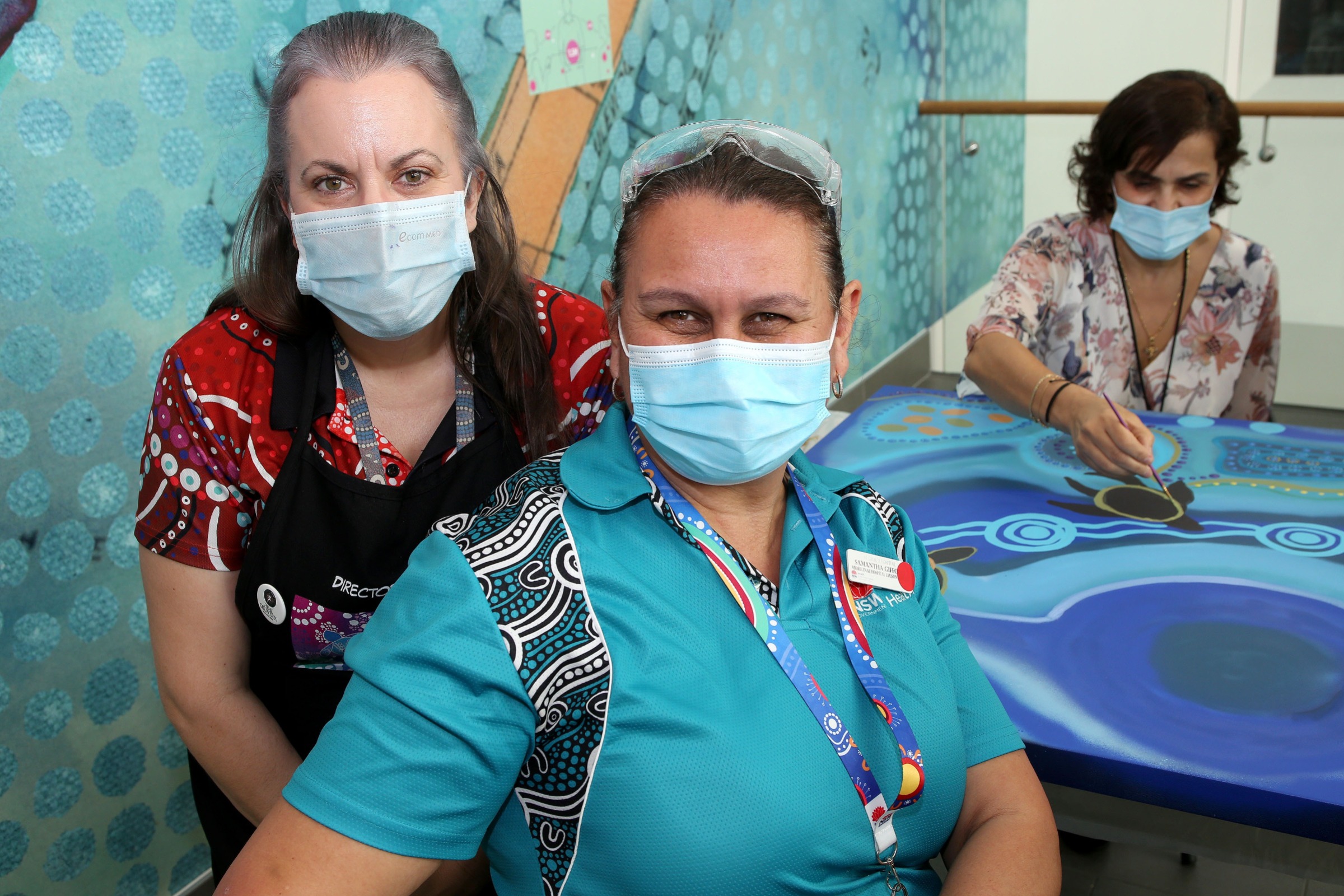Closing the Gap on Aboriginal health
This year marks 15 years since the Council of Australian Governments made a commitment to Close the Gap for Aboriginal and Torres Strait Islander peoples in health and social emotional wellbeing outcomes.
In June this year, the SESLHD Aboriginal Health Unit will have been an essential part of the Local Health District’s work to Close the Gap for the last 25 years, and has played a crucial role in engaging staff, consumers and community organisations to work in partnership to improve outcomes and enhance equity for the local Aboriginal community.
Throughout 2021 SESLHD continued to support Aboriginal people by:
- Providing a culturally safe response to the COVID-19 pandemic, including the provision of targeted information, targeted vaccination clinics, and a dedicated Aboriginal Support Officer role in the Public Health Unit.
- Launching the Aboriginal Health Unit Facebook and Instagram accounts. These social media platforms have provided the opportunity for the District to reach the local and wider Aboriginal community efficiently, especially regarding up to date information about COVID-19, targeted supports and health and cultural events.
- Initiating the SESLHD Aboriginal Community Leadership Forum, which brings together leaders from Health, Education, Local Aboriginal Lands Council, community and other Aboriginal organisations to set goals, discuss priorities and give feedback on what the District is doing well, and where we can improve.
- Increasing the accountability of services and facilities by implementing formal reporting procedures through the Burudi Muru Yagu Aboriginal Health Plan Committee.
- Engaging with Aboriginal landscapers to cultivate a welcoming environment for Aboriginal people in major redevelopments
- Allocating space at all three major hospital facilities for Aboriginal patients, families and carers to gather, discuss care options and plan with clinicians in a true partnership model of care.
These are just a few examples of how SESLHD is working towards a better future for the local Aboriginal community. But even with all this amazing work, there is still a long way to go. Aboriginal and Torres Strait Islander people are still dying earlier, being treated for more chronic conditions at a younger age, achieving lower levels of education, living in poorer housing conditions and facing many other social and health challenges at higher rates, compared to non-Aboriginal Australians.
“As the country moves out of the pandemic and back to business as usual, the work being done across the District through both the targeted Aboriginal and mainstream programs and services, continues to be an integral part of a much larger effort to help Aboriginal and Torres Strait Islander people live healthier, longer, more fulfilling lives,” said Margaret Broadbent, Deputy Manager of the Aboriginal Health Unit.
